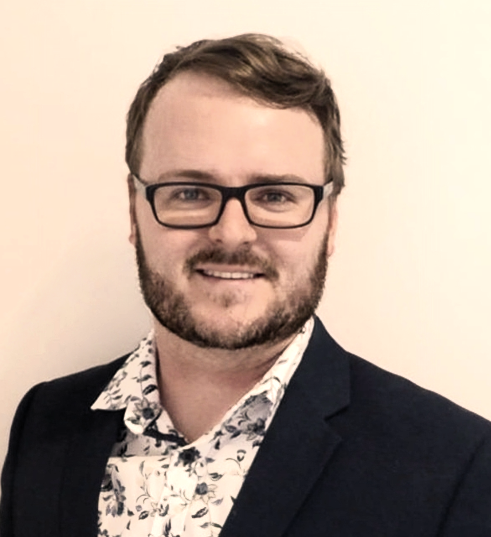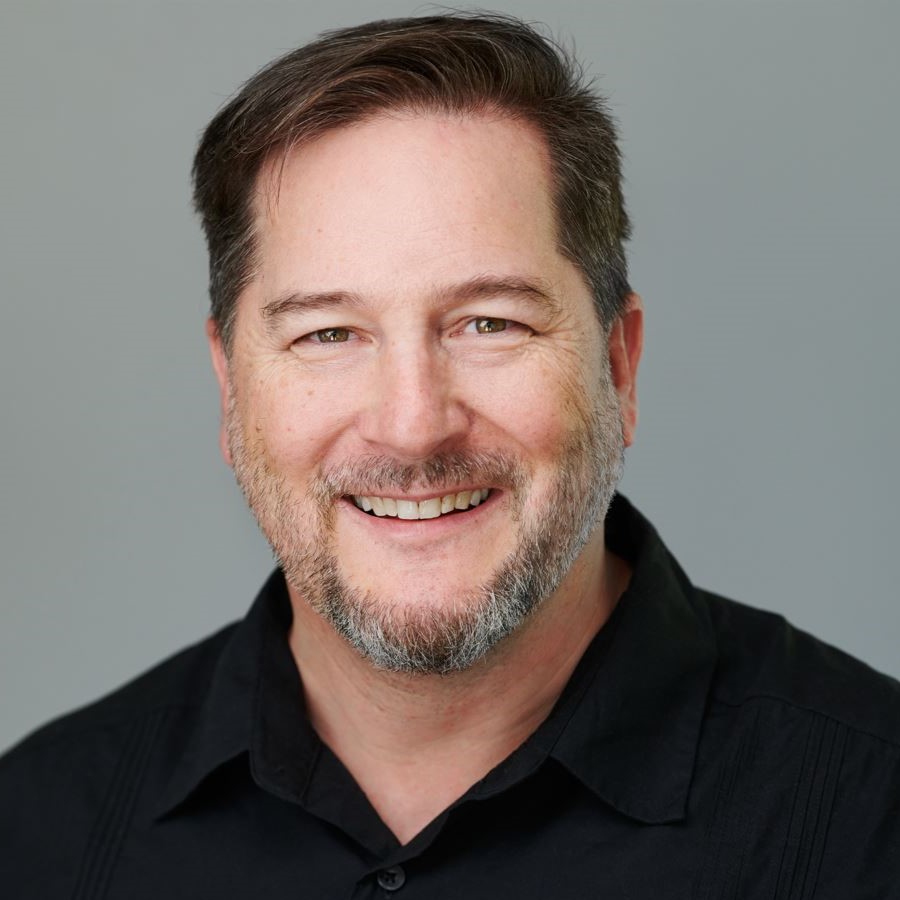Video
3D hydraulic modelling essentials
Enhance your hydraulic modelling capabilities by exploring 3D concepts with worked examples using free software
About
1D and 2D hydraulic models ignore vertical effects with depth-averaging. This interactive webinar covers the inherent assumptions in 3D models along with best practices, data needs, hardware, and software options for assessing hydraulic structures.
This free webinar is an introduction to the upcoming live course on using the free and open source software, OpenFOAM. In this course, our expert presenters will provide you with the necessary tools, allowing you to step through the process of developing a basic 3D model of a hydraulic structure in real time.
Presenters
Colin Terry
Entura
Colin is a civil engineer with a water focus working at Entura, which is a specialist consultancy related to water and renewable energy. As Senior Principal - Water (Hydrology/Hydraulics), he has over... Read more
Panel Members
Kyle Thomson
Forward Hydro
Kyle Thomson is a Technical Director at Forward Hydro with extensive experience in hydraulic, hydrologic and civil engineering. Kyle has been involved in a broad variety of projects providing technic... Read more
Krey Price
International Water Training Institute
Educated at the University of California at Berkeley, Krey is a civil engineer and project manager with international experience in water resources. He is engaged in computational modelling, engineeri... Read more





